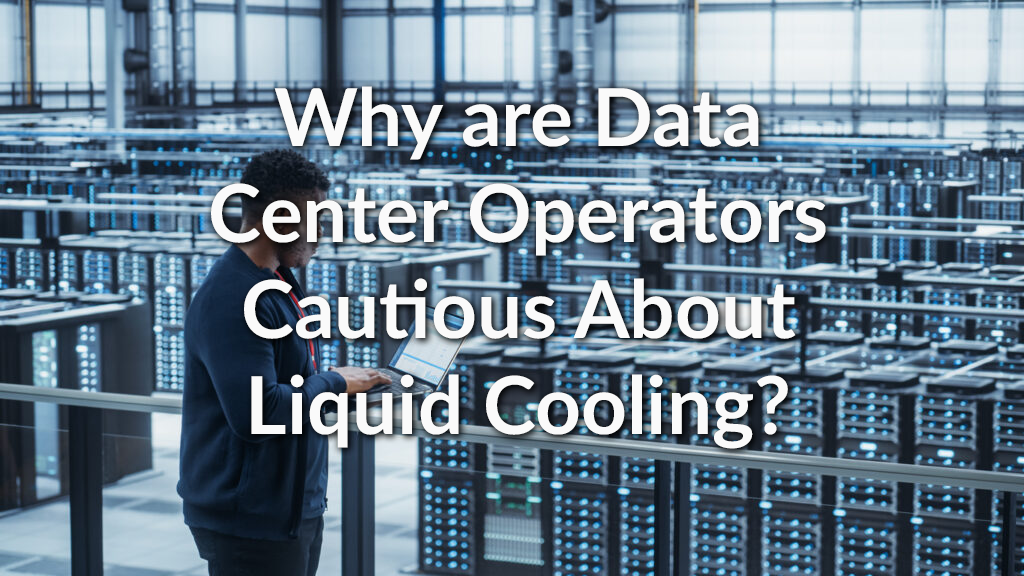Cautious Data Center Operators hesitate to implement liquid cooling into data centers
Despite knowing that computer densities are increasing and that water removes heat 3,000 times better than air, data center operators are still cautious about liquid cooling. Why? There are five main reasons:
Not long ago, rack power requirements were less than 20 kW. Today it’s not uncommon to have racks in the 30 kW to 40 kW range. We even have 10 kW servers, like the DGX-H100! Faster and more powerful CPUs and GPUs are pushing the limits of air-cooled data centers and will soon exceed those limits.
- Water leaks in the data center
- Cost of liquid cooling systems
- Knowledge of plumbing, chemistry, thermodynamics
- Downtime & vendor response time
- Maintenance
Caution may be warranted and largely associated with first-generation liquid cooling systems. But today, new technologies, like negative-pressure liquid cooling, address these issues and, most importantly, won’t leak.
Water Leaks in the Data Center
Negative-pressure liquid cooling systems pull coolant through the system and, therefore, cannot leak. In the unlikely event of a problem, vacuum pressure will pull coolant away from the problem area and away from valuable IT equipment.
Cost of Liquid Cooling Systems
Negative-pressure systems don’t push liquid at a high psi. Using a simplified design and standard hardware means a negative-pressure system can cost 50% less than other systems. Installation is also simplified and doesn’t require experts.
Knowledge of Plumbing, Chemistry, Thermodynamics
The Chilldyne negative-pressure system monitors the amount of coolant, anti-bacterial liquid, and anti-corrosive liquid in circulation. It will automatically add these liquids, if needed. Data center managers just need to top-off the additive liquid tanks when the cooling distribution unit (CDU) notifies them. The system will also automatically adjust itself to achieve the correct temperatures to avoid condensation and return warm coolant if necessary.
Downtime & Vendor Response Time
If there’s a problem with other liquid cooling systems, like positive-pressure systems, the system needs to be shut down. Depending on your service level agreement terms, the system may be down for some time. In contrast, a negative-pressure system can continue running even if there is a problem with the CDU, coolant lines, manifolds, or cooling plates, allowing plenty of time for repairs.
Maintenance
Negative-pressure systems simplify maintenance and upgrades, by including features like a no-leak, vacuum-pressure design, and smart CDUs. Specialized technicians are not required, which preserves the reduction in operating costs over air cooling that’s promised with energy-efficient liquid cooling systems.
Quickly and easily install negative-pressure liquid cooling when building a new site. If you need to extend your capital investment in an existing site, you can use a hybrid air/liquid cooling approach to migrate to liquid cooling for the hottest hardware on the horizon.
Either way, no-leak, affordable, easy-to-maintain, negative-pressure liquid cooling systems allow data center operators to move to a cooling technology that can keep up with the more powerful and hotter chips of the future.

